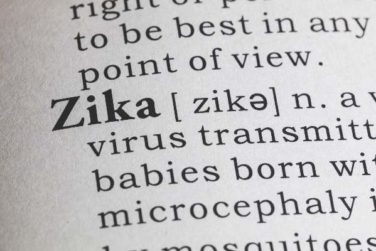FROM THE JOURNAL OF PEDIATRICS
Devices used to carry infants or allow them to play under supervision can pose asphyxiation risks if a baby is left sleeping or unattended in them, according to a recent study.
A retrospective review of deaths reported to the U.S. Consumer Product Safety Commission between 2004 and 2008 investigated the circumstances of 47 deaths of children under age 24 months in car seats, bouncers, swings, strollers, and slings. The study offers more of a case series, not a statistical sample of deaths because no data exist regarding how many infants are placed in these devices or what proportion are injured in them.
“With median elapsed times of 18 and 30 minutes for slings and strollers, respectively, and up to 9 hours for swings, it should be recognized that there may not be a safe amount of time that infants can be left unsupervised in these devices,” reported Dr. Erich K. Batra of Penn State College of Medicine in Hershey, Pa., and his colleagues ( J. Pediatr . 2015 April 27 [doi: 10.1016/j.jpeds.2015.03.044] ).
Although head injuries and broken bones have been reported from use of these devices, asphyxiation from suffocation or strangulation was the primary cause of death in all but one of these cases. Among the 31 (66%) cases occurring in car seats, 52% occurred from strangulation from the straps, and the others were positional asphyxia. Five deaths occurred in wearable slings, four in swings, four in bouncers, and three in strollers. Most (89%) car seat deaths occurred outside the car.
“The unfortunate irony is that the mechanism that makes an infant so safe in a car, i.e., buckled straps, may be extremely hazardous when used incorrectly,” Dr. Batra and his associates wrote. Similarly, “caregivers who own slings that do not keep the baby ‘visible and kissable’ at all times should not use those products,” they said.
The mean elapsed time between a child being left by a caregiver in a device and being discovered deceased was 26 minutes in slings (ranging from 10 minutes to 1 hour), 32 minutes in strollers (ranging from 5 minutes to 1 hour), 140 minutes in car seats (ranging from 4 minutes to 11 hours), 150 minutes in bouncers (ranging from 1.5 to 4 hours), and 300 minutes in swings (ranging from 1 to 9 hours).
Among the 27 cases with information on why the child was in the device, 17 infants had been left to sleep in the device.
In accordance with the 2011 American Academy of Pediatrics policy statement on sudden infant death syndrome or SIDS, “sitting devices such as car safety seats, strollers, swings, infant car seats, and infant slings are not recommended for sleeping because of the potential for upper airway obstruction and oxygen desaturation,” Dr. Batra and his associates wrote.
The authors declared no conflicts of interest.



